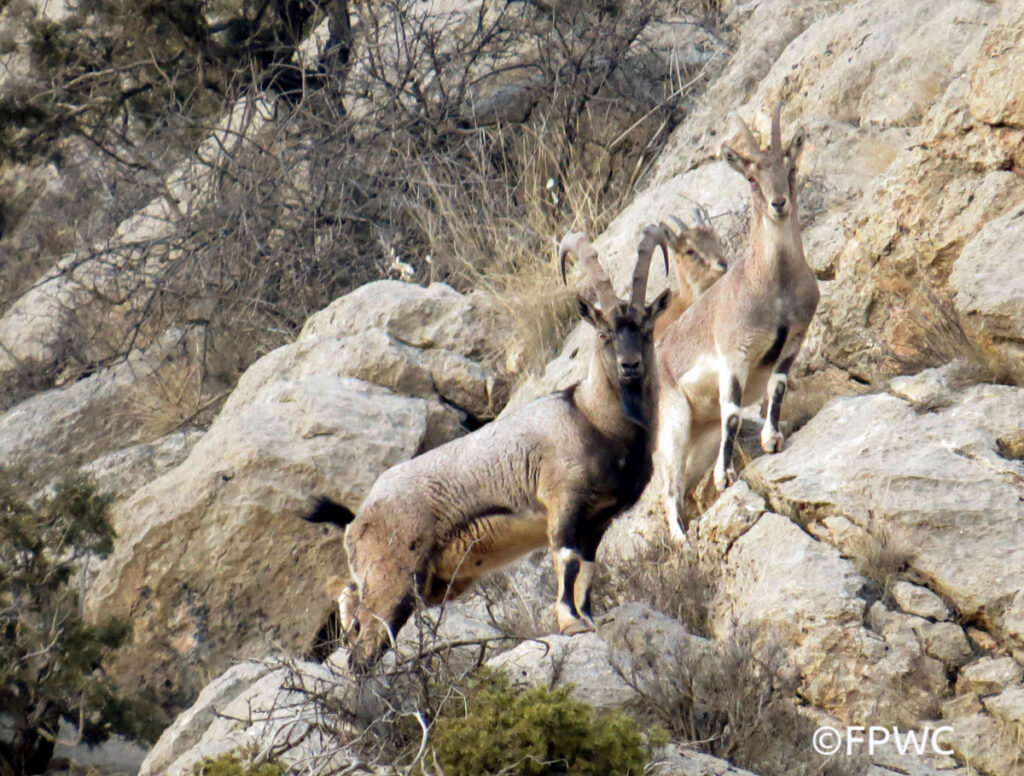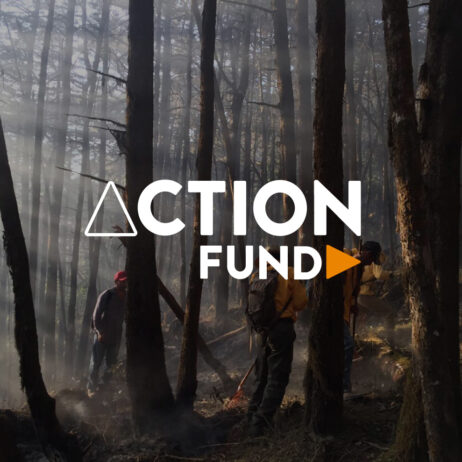
This is the latest entry of the Barnes’s Bestiary series, written by journalist, author, World Land Trust (WLT) ambassador and member of the WLT council Simon Barnes. See here to read all of Simon’s other entries so far.
I was sitting on the top of a mountain in Armenia, an almost vertical wall of rock below me. It was a place where I could look down – look down – on the alpine birds, chough, raven and lammergeier, all riding the mountain up-draughts beneath my feet.
And every now then I heard the sound of falling stones: click, clack and then – after a long, long pause – another click or clack. What was behind these curiously localised landslides? The answer, rather unexpectedly, was goats: the bezoar goats (or bezoar ibex) that live in these lofty places.

I could even make them out, when pointed in the right direction by those who knew the country better: standing four-footed on a ledge with extraordinary amounts of air underneath them, and apparently no way out, along or up or down. And they hadn’t even bothered to rope themselves together. Occasionally they dislodged a loose stone or two as they passed; it didn’t seem to bother them.
These are beasts adapted to an extreme environment, not only very high but very cold indeed in winter. They are chunky things: the males weighing up 90 kilos, the females about two-thirds that. Both sexes have horns, but those of the male can be massive: they are said to be the longest horns relative to body-weight of any living mammal. Records of horns 1.4 metres have been claimed.

They thrive in these precarious places, up to 4,000 metres up, feeding on the alpine plants and in their turn feeding wolves and occasionally the wandering Caucasian leopard. You wouldn’t think it was possible to walk where these goats walk, let along make a living: and yet somehow they do.
I was up there with John Burton, who was co-founder of the World Land Trust, and he was a man who was accustomed to doing half-a-dozen impossible things before breakfast. He had a special love for the WLT project in Armenia: something about the impossible nature of its terrain and the creatures that lived in it fired his imagination – and that’s why he chose it for the John Burton Memorial Fund. It’s just one more way of possibilising the impossible.

